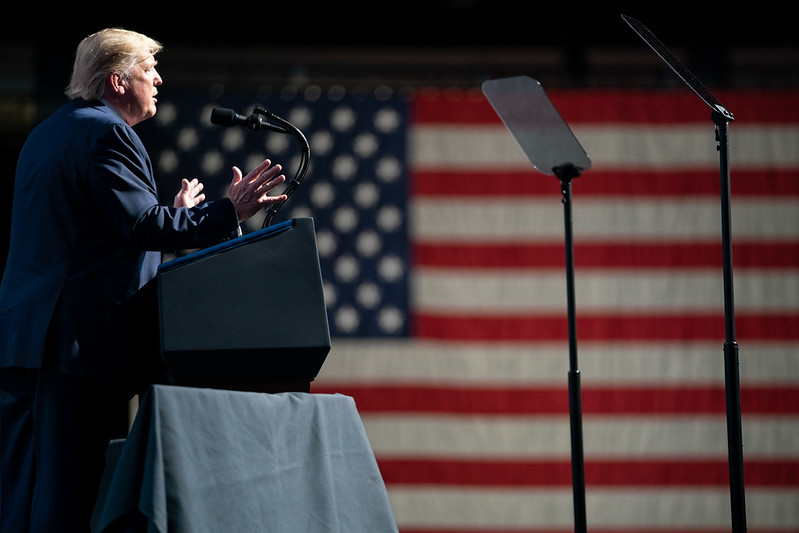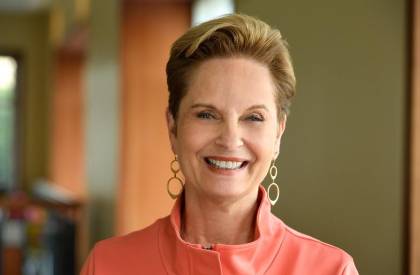 Atari, M., Davani, A. M., & Dehghani, M.
Atari, M., Davani, A. M., & Dehghani, M.(2018, December 4).
https://doi.org/10.31234/osf.io/jkewf
Abstract
The somatosensory reaction to different social circumstances has been proposed to trigger conscious emotional experiences. Here, we present a pre-registered experiment in which we examine the topographical maps associated with violations of different moral concerns. Specifically, participants (N = 596) were randomly assigned to scenarios of moral violations, and then drew their subjective somatosensory experience on two 48,954-pixel silhouettes. We demonstrate that bodily representations of different moral violations are slightly different. Further, we demonstrate that violations of moral concerns are felt in different parts of the body, and arguably result in different somatosensory experiences for liberals and conservatives. We also investigate how individual differences in moral concerns relate to bodily maps of moral violations. Finally, we use natural language processing to predict activation in body parts based on the semantic representation of textual stimuli. The findings shed light on the complex relationships between moral violations and somatosensory experiences.







